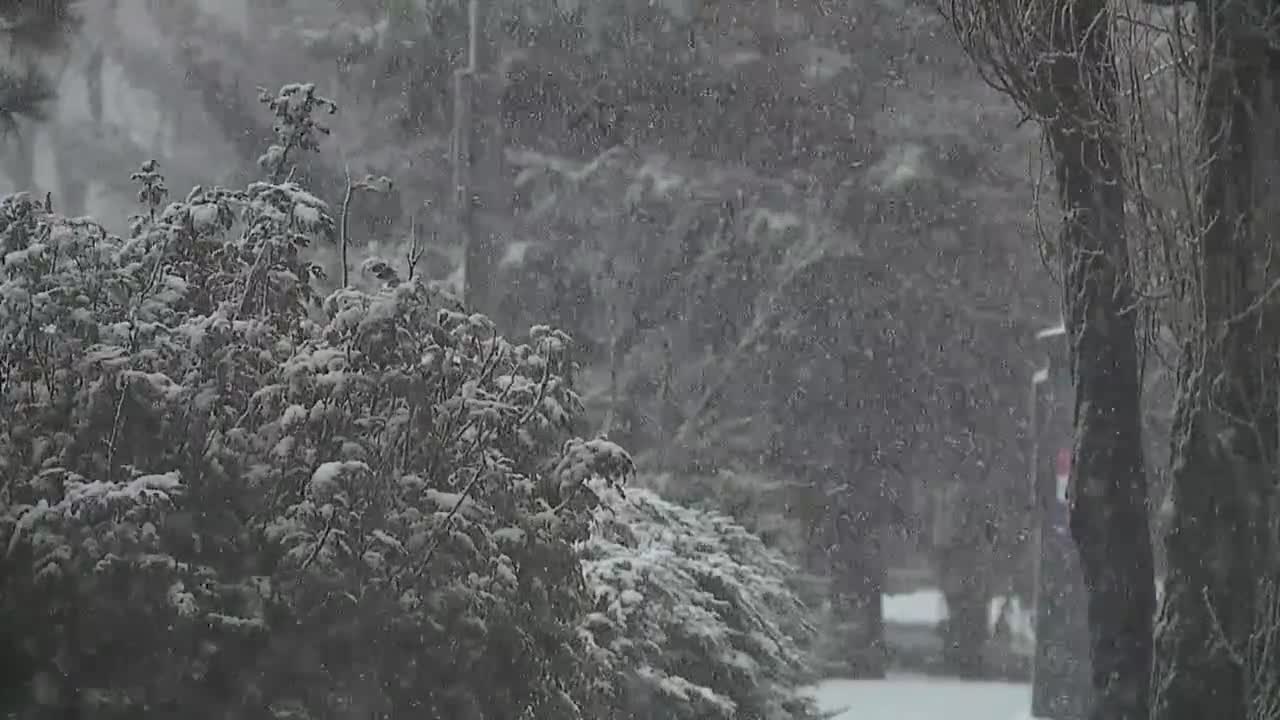PHOENIX — October delivered Arizona's third wettest start to the water year on record in Phoenix, but experts say the real test for the state's water supply lies in the months ahead.
The early rainfall was welcome news for a state grappling with ongoing water challenges, but it's the winter season that will ultimately determine how well Arizona's reservoirs are replenished.
"By far, it's the winter season that's really going to drive if a water supply is being replenished year after year," said Jacob Richardson with Salt River Project.
The October precipitation wasn't wasted, however. The early rain helps saturate the soil, and with cooler temperatures, less water evaporates or gets used by plants.
"We get about 10 times as much runoff during the winter as we do during the summer," Richardson said.
Rainfall generates two types of runoff. Infiltration runoff occurs when rain falls so fast that dry ground can't absorb it all. Saturation runoff happens when the soil is already soaked and new rain or snowmelt flows right on top.
"The runoff that we observed during October, these recent events, especially appeared to be more of an infiltration runoff type condition," Richardson said.
October's storms run off added up to about 66,000 acre-feet of water — roughly enough to fill Saguaro Lake. Despite this boost, reservoirs remain only 55% full, which is lower than this time last year.
"Even then, we are still below what we would want to have for our soil, so some areas are looking good for the soil, and some areas are still dealing with the deficit for the soil," said Dr. Saffel, Arizona's state climatologist.
"The rain that we just had really set us up nicely as long as the rain continues to come over the next three or four months," Richardson said.
The challenge this year is La Niña, a weather pattern that often steers storms away from Arizona, bringing warmer and drier winters. However, it's not entirely bad news — those storms can shift north into the Rocky Mountains, still feeding the river systems that supply Arizona's water.
"When we're looking at what's going on with the Colorado basin? It goes all the way up into Wyoming and so having that snowpack in Wyoming and in Colorado, that's a good thing for ultimately coming into the Colorado River," Saffel said.
While this winter could lean dry, that's not always guaranteed. The 2022-2023 La Niña season brought more than 115 inches of snow to Flagstaff, demonstrating that weather patterns don't always follow expected trends.
This story was reported on-air by a journalist and has been converted to this platform with the assistance of AI. Our editorial team verifies all reporting on all platforms for fairness and accuracy.





